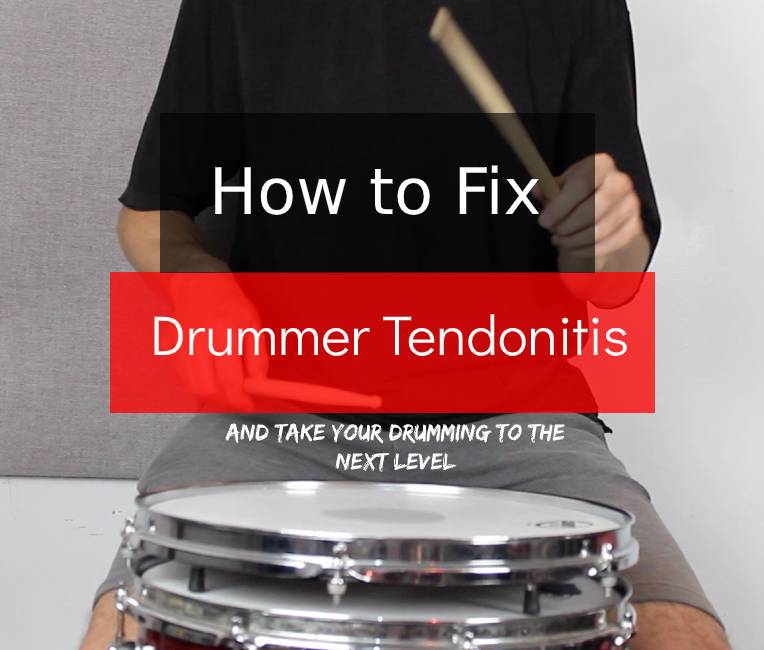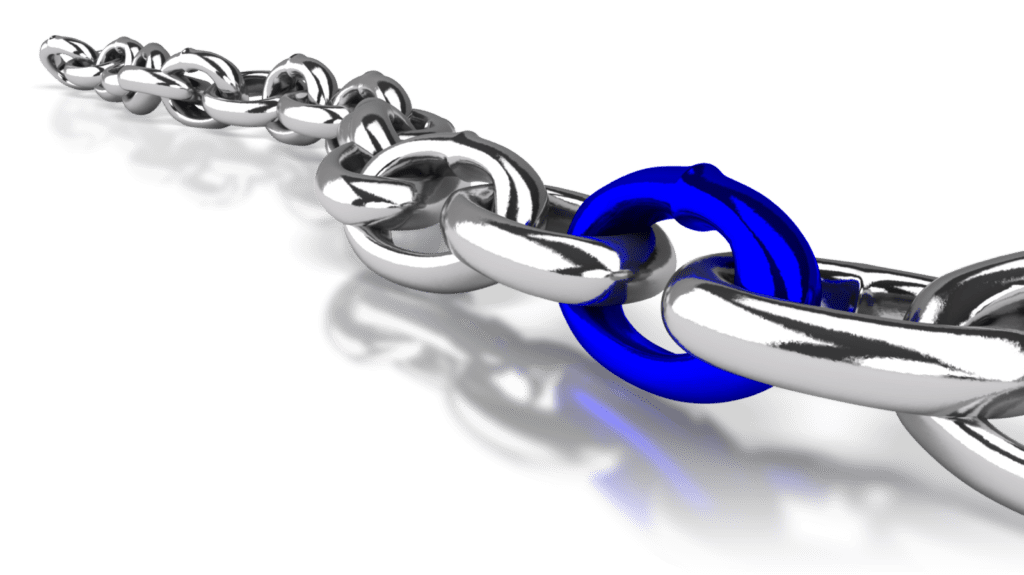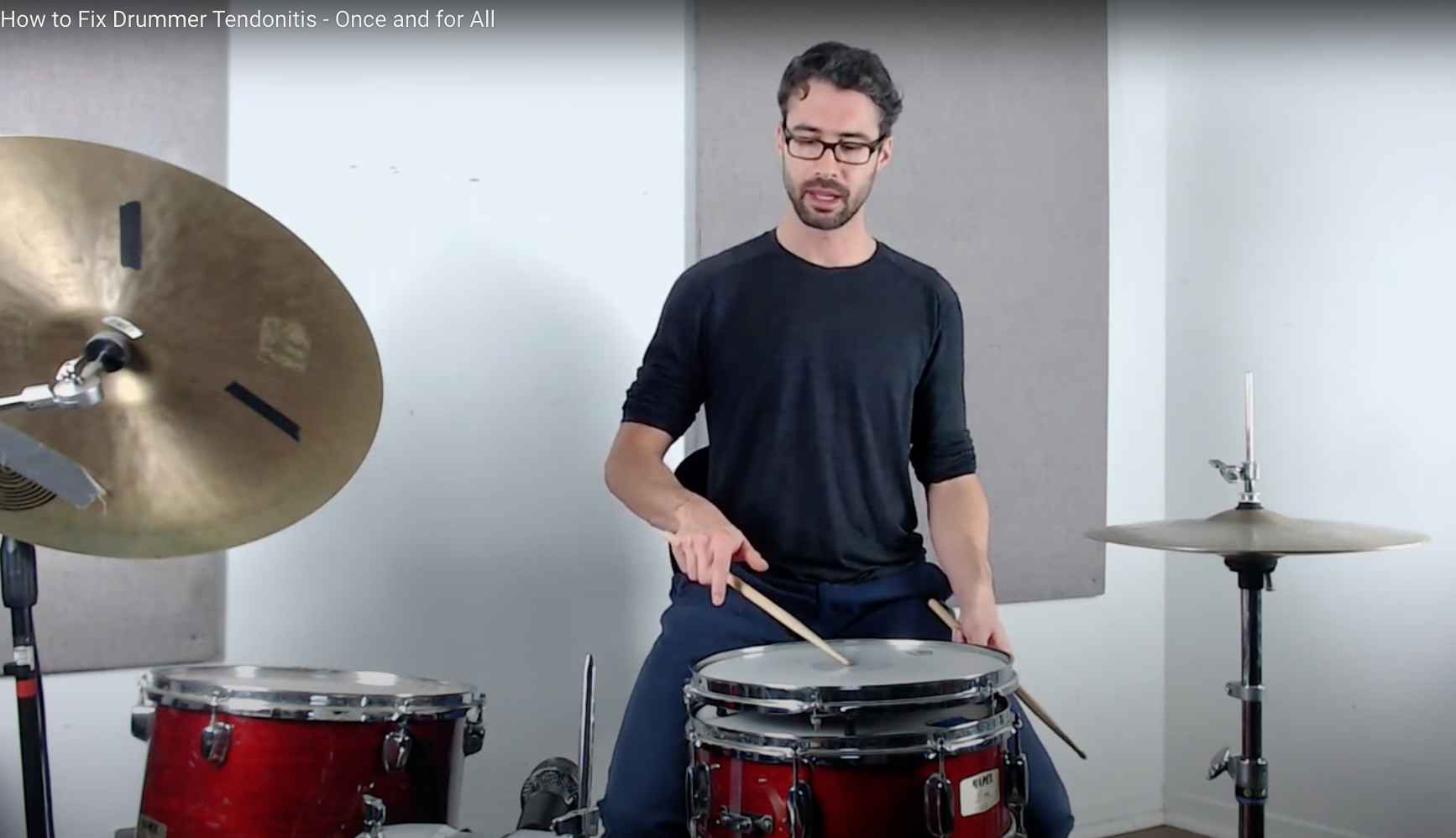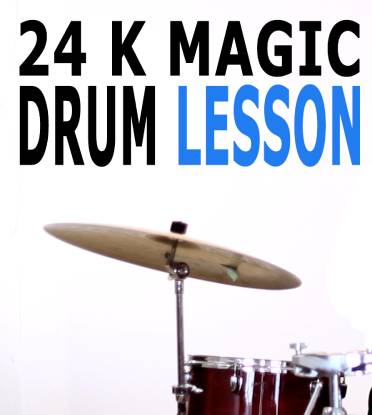
If you are reading this you are probably experiencing some kind of pain when you play drums or you are suffering from some kind of drumming injury. I’d like to reassure you that this is a common problem that many drummers face and there are many effective ways to deal with it. I know from experience that when drummers get tendonitis they often see it as a CRISIS with potential career-ending consequences. However, with every crisis comes an opportunity, and this might be the very opportunity that you need to take your drumming to the next level. You might be thinking that this is fairy-tale nonsense, but I assure you that I’ve experienced drummer tendonitis and have come to see it as a game-changing experience that helped me become a better drummer.
Drummer tendonitis or repetitive stress injury?
This problem is often called drummer tendonitis, but I prefer to call it repetitive stress injury because these issues are not always related to the tendons only. When I experienced drumming injuries 10 years ago, I consulted countless people to help me deal with the problem. Including a physiotherapist, an osteopath, an acupuncturist and a kinesiotherapist. None of them thought that I had tendonitis. I found this frustrating because it was clear that I had an injury, yet none of these health professionals could give me a clear diagnosis or provide me with an effective way to deal with this problem. It was eventually labelled as an RSI (repetitive stress injury), which is very common in drumming, because of the repetitive and impactful nature of playing this instrument.
My story and the lessons I learned
I developed RSI (repetitive stress injuries) just as I was completing my music degree at Concordia University in Montreal. I had been playing and practising the drums for hours a day over the course of several years, until one day, my body simply could not handle it anymore. During one of my practice sessions, I felt a sharp pain in my wrist. At that moment, I knew that something was amiss. I had been warned by other musicians to be careful, but I never really took their warnings seriously until this moment occurred. I suppose that it’s human nature to only deal with a problem when you simply cannot ignore it any longer.
“The lesson I can pass on from this experience is: use this crisis as a way to understand your body better, its limitations, and how to work with it rather than against it.”
Playing drums with too much tension
Us drummers often play with too much tension. We tense up our muscles to make things groove or when we want to play something challenging and fast. Unfortunately, the more we do this, the more it becomes a habit, and progressively injuries can develop. Drumming hand injuries often take a long time to manifest themselves. Slowly they build up, just beyond our awareness as we abuse our bodies session after session by playing with too much tension. Eventually, in a flash, a sharp pain floods our awareness. This is the body’s way of screaming out: enough! Some people experience this in their early years, for others, it takes a lifetime. Each anatomy is different.
Common tips and strategies for dealing with drummer tendonitis
You’ll read many tips and strategies about dealing with drummer tendonitis such as the importance of warming up, drinking lots of water, taking breaks and so on. These are all important, however, they don’t address the real problem, which is essentially your technique. I’ve found that I don’t need to worry too much about the previously mentioned tips since I focused on developing my technique. Through an improved ability to practise properly, I’ve developed an awareness of how my body works, so I know when I need to take a break or step back.
Should drummers stop playing the drums when they have injuries?
While it’s a good idea to stop playing for a short while, in the long run, this won’t heal drummer tendonitis. When I was injured, I completely stopped playing the drums for close to a year. I had injured myself from playing, therefore I believed that to heal, I needed to stop playing. Ironically, I learned that it’s the opposite. Injuries are created through unhealthy repetitive movements. The key to resolving those issues is actually to relearn those very movements but in a healthy way. Slowly, session after session, you rebuild your ability to play the drums without tension and learn to work with your body and not against it.
Your body will hold on to the injuries until you teach it to let them go.
How to work with the body, not against it.
When I finally understood that it was through playing that I could heal myself, I scoured the internet to find the best drumming techniques available. I eventually discovered the Moeller Technique which was mainly passed on by two teachers: Jim Chapin and Freddie Gruber. They are now deceased, but they’ve left a legacy of incredible drummers and teachers who can testify to the brilliance of their methods. I was excited to learn that legendary drummers such as Dave Weckl, Steve Smith, and Peter Erskine had also learned this technique to heal their injuries but also to take their drumming to incredible heights.
How does the Moeller Technique work?
Essentially, the Moeller Technique is about using momentum to propel the stick while minimizing muscular tension. The motion can be compared to a whipping motion. Picture whipping a chain, where each link needs to be loose for the momentum to cross from one end to the other. If one link is blocked, the momentum stops. When you play the drums, tense muscles are like blocked links in the chain.

The body is like a chain, each part is connected

When drummers get injured, the pain is often experienced in the wrists. However, in reality, the injury is connected to the shoulders, neck, upper back, and down to the seating position. You might have heard how important posture is in drumming. Indeed sitting up straight, perhaps even with some kind of lumbar support, helps you position your lower back in a way that allows your shoulders, all the way down to your hands, to be loose and hang effortlessly by your side.
How to practise the Moeller technique?
Before you can reap the benefits of speed, relaxation and flow as well as the healing effect that comes from learning the Moeller technique, you need to spend time learning your fundamentals. Fundamentals can be thought of as the mechanics or building blocks that go into developing your technique properly. Each fundamental is developed through a series of concise exercises that are practised slowly and allow you to focus on the specific elements of the technique at hand.
The fundamentals include:
- Developing a clear fulcrum point so that the drumstick pivots freely over one finger, means that it takes a lot less effort to propel the sticks.
- Learning how to connect all your fingers to the stick so that the impact of each stroke is evenly distributed throughout your entire hand.
- Working on the full extension of your wrist, so you can use the stick’s full range of motion.
- Taking full advantage of rebound, so that the stick bounces effortlessly and you don’t need to “force” each stroke.
- Understanding how to create the whipping motion of Moeller, allows you to take advantage of momentum rather than muscular force.
- Identifying a clear line inside your hand for the stick to rest and move from, which provides the path of least resistance.
- Learning how to receive the strike in your hand, means that you control the stick after playing an accent but do not absorb the impact in your wrist.
Once the fundamentals are developed, you can begin playing specific Moeller Technique patterns like the 3-note Moeller, the 4-note Moeller and the 2-note Moeller, which will start to translate into playing the drums with a new and improved sense of flow. You can also use Moeller to play in almost every situation like, rudiments, beats, fills and solos.
“Incredibly, when I started working on these exercises, I felt the pain in my wrists, neck and shoulders start to disappear.”
Where can you learn to practise these exercises?
The best way to learn this technique is through private, one-on-one lessons, either in person or online. I offer lessons online to anyone with a practice pad and an internet connection. I would be happy to work with you if you are interested in mastering this technique and eliminating drummer tendonitis once and for all. Click on the link below to contact me and apply for lessons. I would be happy to help you, as I am very passionate about this issue.
Option #2: Online video lessons to deal with drummer tendonitis
Another option is to work on the Moeller Technique exercises on your own. It’s also possible to do a combination of a few lessons and then work on the video lessons on your own (which is more affordable than private lessons). I’ve put together an online class to learn the Moeller Technique that includes:
For the price of one drum lesson:
- How to hold your sticks properly in the German Grip, so you can master your fundamentals.
- Over 30 comprehensive video lessons that will allow you to review each exercise until you get them just right.
- A practice schedule for best results.
- Detailed breakdowns of the building blocks that make up the technique, so you can build your skills 1-step-at-a-time without getting lost.
- Clear demonstrations of the important role of each finger and how to use the fulcrum so that you can avoid and heal drumming injuries.
- The 3-Note, 4-Note and 2-Note Moeller exercises, allow you to play any combination of fast accented single strokes.
- Play fast accented 32nd notes.
- Master Wipeout by the Surfaris

About the author: Elijah is a university-educated drummer with extensive experience in both teaching and musical performance. He has struggled with drummer tendonitis, yet has devoted himself extensively to learning to play without tension. Since completing his Bachelor of Music degree at Concordia University in 2010, he has played music across each province in Canada and in more than 20 countries around the world. He is also the founder of musiprof.com, an online resource that allows students to find great teachers in Montreal.
Tell me about your experience with dealing with drummer hand pain?



